Tea Tree Oil For Piercings – How To Use And Possible Risks
No matter what type of piercing, tea tree oil is the best healing agent!
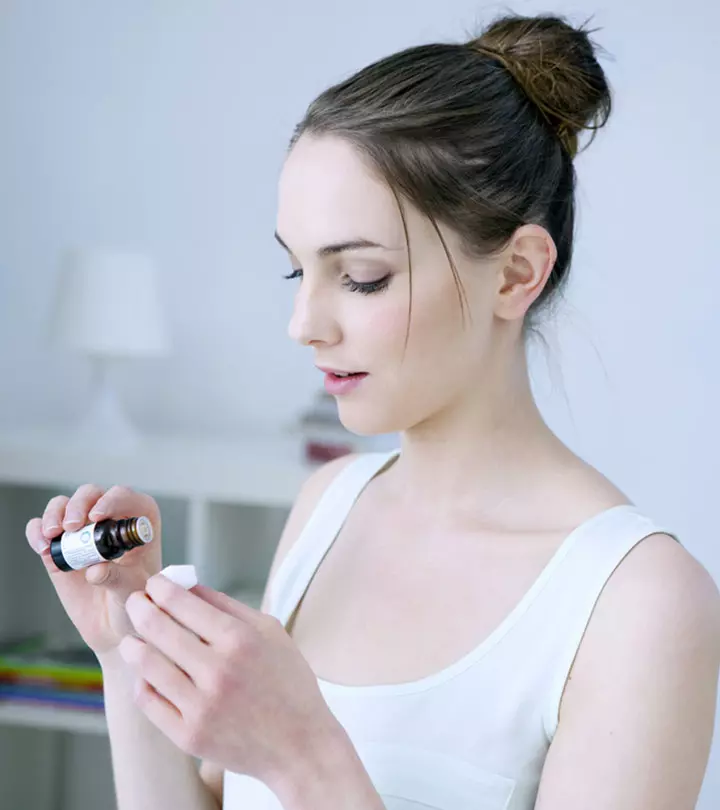
Image: Shutterstock
Many piercing experts recommend using tea tree oil for piercings as it works wonders. The antiseptic, antibacterial, anti-inflammatory, and healing characteristics of tea tree oil make it a great aftercare therapy for piercings. It works by relieving inflammation and reducing the risk of infection. So, if you have recently gotten a piercing, this article is for you. Read on to learn why you should use tea tree oil for piercings, how to use it, and possible adverse effects.
 Did You Know?
Did You Know?In This Article
How Can Tea Tree Oil Help In Healing Piercing
1. May Prevent Infections
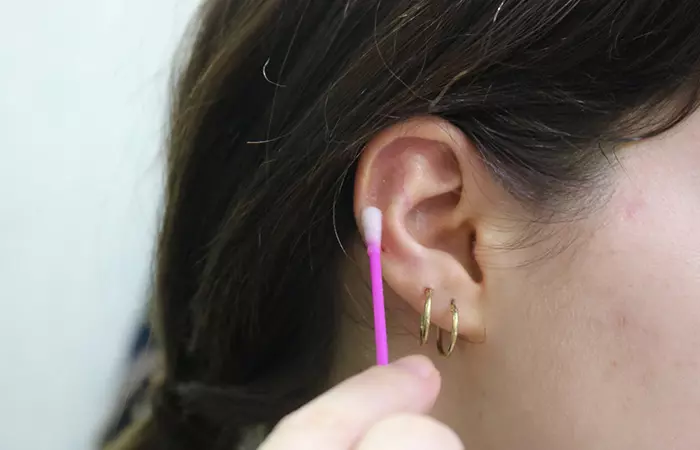
Piercings are prone to infections, and tea tree oil can help prevent them. It contains terpinen-4-ol and alpha-terpineoli A terpene alcohol that is used mainly as an aromatic compound in perfumes, oils, cosmetics, and flavors. , responsible for its antimicrobial, antifungal, antiviral, and antiprotozoali The property of a drug that helps treat infections caused by single-cell organisms that are parasites. properties. Tea tree oil can protect the wound from infections caused by microbes and fungi like Propionibacterium acnes, Staphylococcus aureus, Escherichia coli, Candida albicans, Trichophyton mentagrophytes, and Trichophyton rubrum (1), (2).
2. May Reduce Inflammation
Tea tree oil can soothe inflamed skin by reducing redness and swelling around the piercing. A mice study found that terpinen-4-ol in tea tree oil reduced swelling associated with contact hypersensitivity (an allergic condition that causes swelling, redness, and irritation) (1). Thus, topical tea tree oil may also reduce the swelling, itching, and discomfort associated with piercings and speed up healing.
3. May Promote Wound Healing
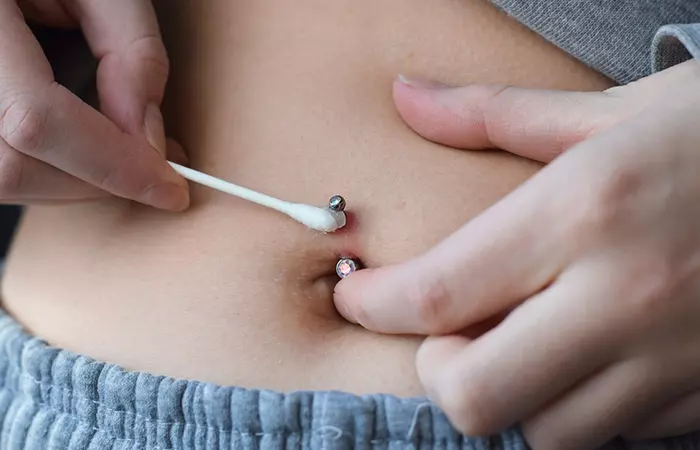
Tea tree oil can speed up wound healing by reducing bacterial activity. A study evaluated the wound healing potential of tea tree oil in 10 participants and reported that it reduced healing time in nine of them (3).
You can use tea tree oil on body jewelry piercings to ensure effective and fast healing. However, be careful before using it on piercings on sensitive areas like around the eyes and inside the mouth. The next section discusses how you may use tea tree oil safely on the piercings.
Key Takeaways
- Tea tree oil has terpinen-4-ol and alpha-terpineoli A terpene alcohol that is used mainly as an aromatic compound in perfumes, oils, cosmetics, and flavors. , which have antimicrobial, antifungal, and antiviral properties. It helps in preventing infections after piercing.
- This oil reduces inflammation and promotes wound healing.
- For external piercing, it can be used with coconut oil and applied directly.
- It generally takes 2 weeks to heal with tea tree oil.
How To Use Tea Tree Oil On Your Piercing
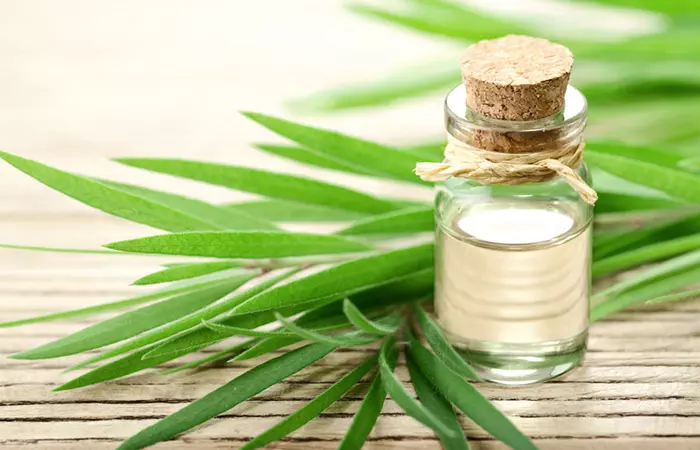
External Piercing
Spot treatment works best for external piercing on the nose, eyebrows, ears, lips, and navel. You must dilute the TTO before applying it to your skin.
- To dilute tea tree oil, mix 2-3 drops of the oil with a tablespoon of any carrier oil like olive, almond, jojoba, or coconut oils.
- Apply the oil mix to the pierced area with a cotton swab or Q-tip.
- Repeat several times a day until the skin heals.
Alternatively, you may combine tea tree oil with other treatments. A blogger, writing under the name vikingwizardeyes, recommends a combination remedy of salt soaks and tea tree oil that helped treat her infected nose piercing. She writes, “Using the tea tree oil at the end (of the healing process) when it was already getting better was good because it took care of the very last part in about three hours (i).” She first began treating her bumpy piercing with a sea salt soak right before bed and did not wash it off until the next morning. This significantly reduced the bump for her after two days, though she mentions how it may take about two weeks for others, depending on how bad the infection is. She then proceeded to apply a thin layer of tea tree oil over the reduced bump, which pushed the residual gunk out, clearing the infection completely.
Internal Piercing

Rinses and soaks are the way to clean piercings on sensitive areas like the tongue and genitals.
For tongue piercings
- Mix 10-15 drops of TTO and warm salt water.
- Swish or gargle it for 30 seconds and spit it out. Do not swallow this mixture.
- Gargle lukewarm water.
For genital piercings
- Soak a clean cotton towel in two drops of TTO and saline solution.
- Squeeze the excess water and gently dab the area with the wipe.
- Wash the area with lukewarm water and pat dry.
 Quick Tip
Quick TipDo a patch test before using tea tree oil to avoid allergic reactions. Moreover, you have to be cautious when using it for oral piercings. Keep reading to learn the adverse effects of using tea tree oil.
Side Effects Of Using Tea Tree Oil For Piercings

- May Cause Poisoning: Ingesting tea tree oil may cause poisoning and lead to drowsiness and confusion. Animal studies found that lower doses of TTO caused lethargy and loss of muscle coordination. Higher doses of TTO could be lethal. However, no human deaths have been reported due to TTO ingestion (1).
- May Cause Allergic Reactions: TTO is considered safe for external use unless you are allergic to it. Essential oils are potential allergens and may cause redness, rashes, swelling, itching, and hives. To rule out these adverse reactions, dilute a small amount of tea tree oil with a carrier oil and apply it to a discreet area, such as the inside of your elbow or behind your ear. Wait 24 hours to see if any irritation or allergic reaction occurs. If any discomfort arises, discontinue use immediately and consult a healthcare professional.
While tea tree oil benefits human health in many ways, you should avoid using it if you are pregnant or lactating, as the safety and effects of using tea tree oil during pregnancy are unknown.
Remember that tea tree oil for piercings is a complementary natural remedy and cannot replace medical treatments. Hence, always follow the doctor’s advice for proper wound care. Also, consult your doctor if you notice swelling, foul odor, pus, or blood on the piercing site.
How Long Does It Take Tea Tree Oil To Heal Piercing?
It can take up to two weeks for tea tree oil to heal the piercing. The downtime also depends on the type and location of piercings. It may take longer to heal piercings on sensitive areas like the genitals, nipples, and around the eyes. The healing time can also vary based on your overall health, immune response, and whether any complications, such as infection or irritation, occur. Proper aftercare practices, such as cleaning the area regularly, avoiding touching the piercing with dirty hands, and following professional advice, are also crucial for preventing any delays in healing.
Infographic: Benefits Of Tea Tree Oil For Piercings And How To Use It
Fresh piercings hurt and are prone to infections. However, using tea tree oil to clean the pierced area may help speed up the healing process. Of course, you have to make sure that you are not allergic to it. The infographic below lists its benefits and the different ways you can use it, depending on the placement of the piercing. Check it out.

Illustration: StyleCraze Design Team
Tea tree oil has been used for decades to treat bruises, bug bites, and skin irritations. In addition, it is commonly used as part of the aftercare for piercings on the face and body. Follow the steps outlined above to use tea tree oil safely on piercings. Keep in mind that while tea tree oil can help with wound healing and infection prevention, it is not a substitute for medical care. To avoid infections and other side effects, visit a doctor and do a patch test before using tea tree oil on piercing wounds.
Frequently Asked Questions
Is tea tree oil good for piercing bumps?
Yes. Tea tree oil has antimicrobial and antiseptic properties that make it ideal for treating piercing bumps and preventing further infection (4).
Can tea tree oil make keloid worse?
No. There is currently no evidence that indicates that tea tree oil can make keloidsi A type of scar that is thick, raised, and forms after an injury has healed. Excess protein in the skin during the healing process causes it. worse. However, ensure that you conduct a patch test to check for adverse effects.
How do you help piercings heal faster?
You can follow simple aftercare tips such as cleaning your piercing carefully every day, taking proper piercing care, and resting to promote faster healing.
Illustration: Tea Tree Oil For Piercings - How To Use And Possible Risks
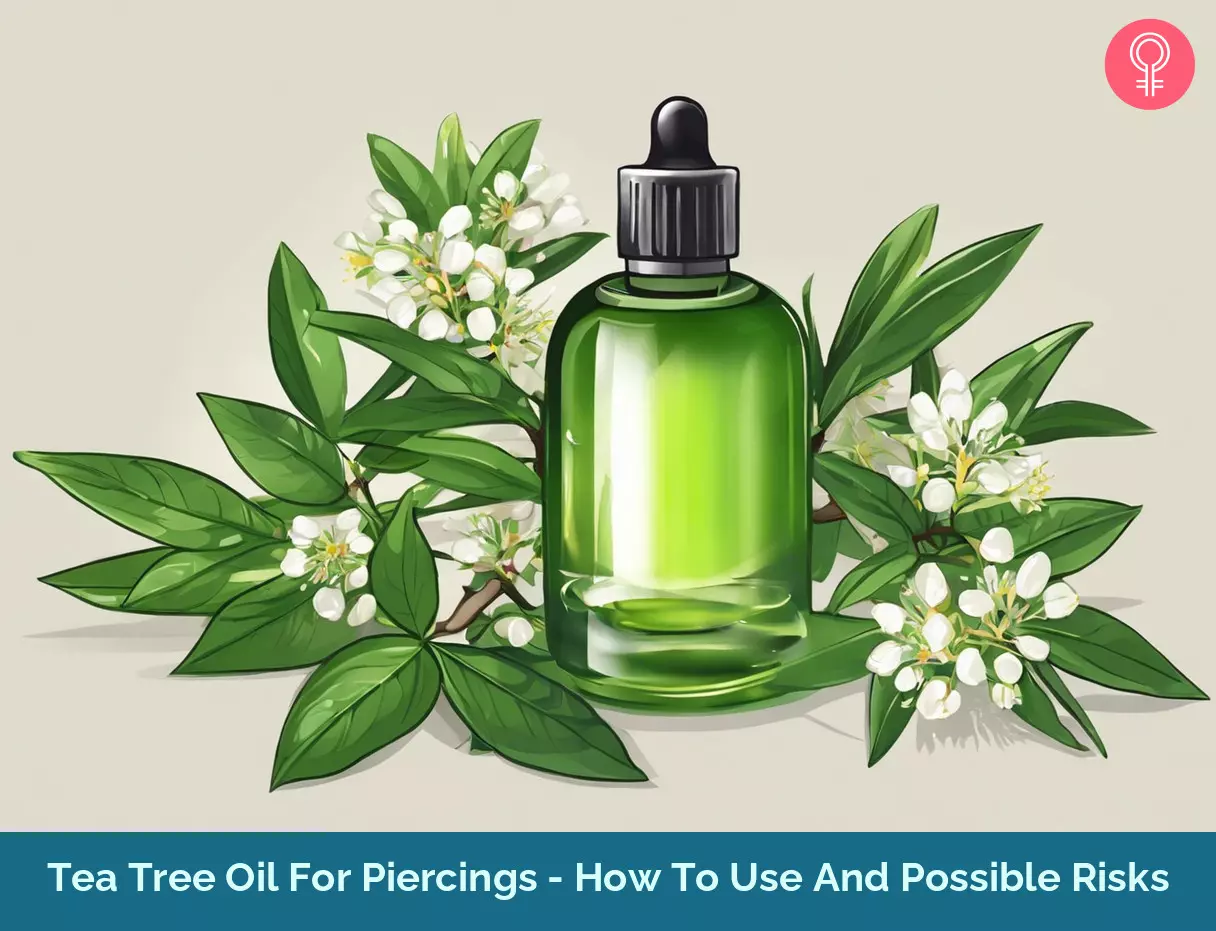
Image: Stable Diffusion/StyleCraze Design Team
Tea tree oil is a popular natural remedy for many ailments but the hesitation to use it on piercings is understandable. Watch the video below to find out the potential risks and benefits of using tea tree oil on piercings.
Personal Experience: Source
StyleCraze's articles are interwoven with authentic personal narratives that provide depth and resonance to our content. Below are the sources of the personal accounts referenced in this article.
i. Nose Piercing – The Dreaded Bump & How To Get Rid Of It
https://deathtoboredom.wordpress.com/2012/03/13/nose-piercing-the-dreaded-bump-how-to-get-rid-of-it/
References
Articles on StyleCraze are backed by verified information from peer-reviewed and academic research papers, reputed organizations, research institutions, and medical associations to ensure accuracy and relevance. Read our editorial policy to learn more.
- Melaleuca alternifolia (Tea Tree) Oil: a Review of Antimicrobial and Other Medicinal Properties
https://journals.asm.org/doi/10.1128/cmr.19.1.50-62.2006?url_ver=Z39.88-2003&rfr_id=ori%3Arid%3Acrossref.org&rfr_dat=cr_pub++0pubmed - Herbs and Spices in Cancer Prevention and Treatment.
https://www.ncbi.nlm.nih.gov/books/NBK92761/ - The Effect of Tea Tree Oil (Melaleuca alternifolia) on Wound Healing Using a Dressing Model
https://www.liebertpub.com/doi/10.1089/acm.2012.0787?cookieSet=1 - Pharmacological attributes and nutritional benefits of tea tree oil
https://citeseerx.ist.psu.edu/viewdoc/download?doi=10.1.1.652.3826&rep=rep1&type=pdf
Read full bio of Dr. Priya Gill
Read full bio of Annie Jangam
Read full bio of Ramona Sinha
Read full bio of Swathi E





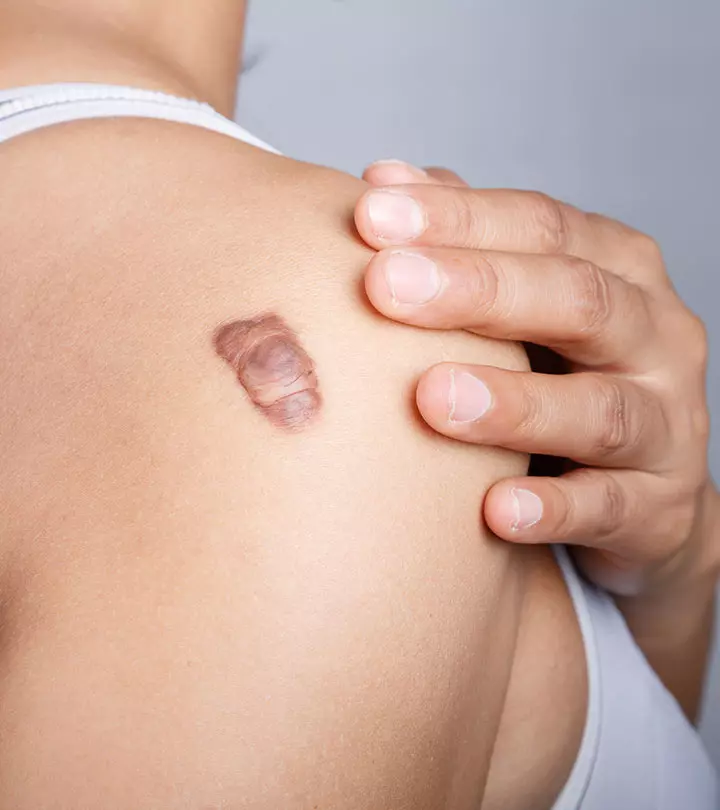

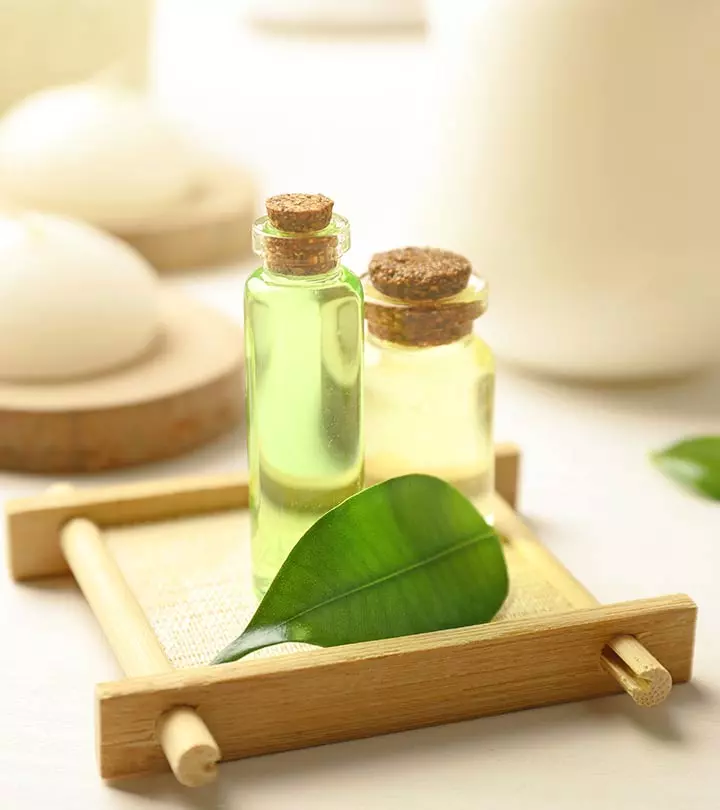
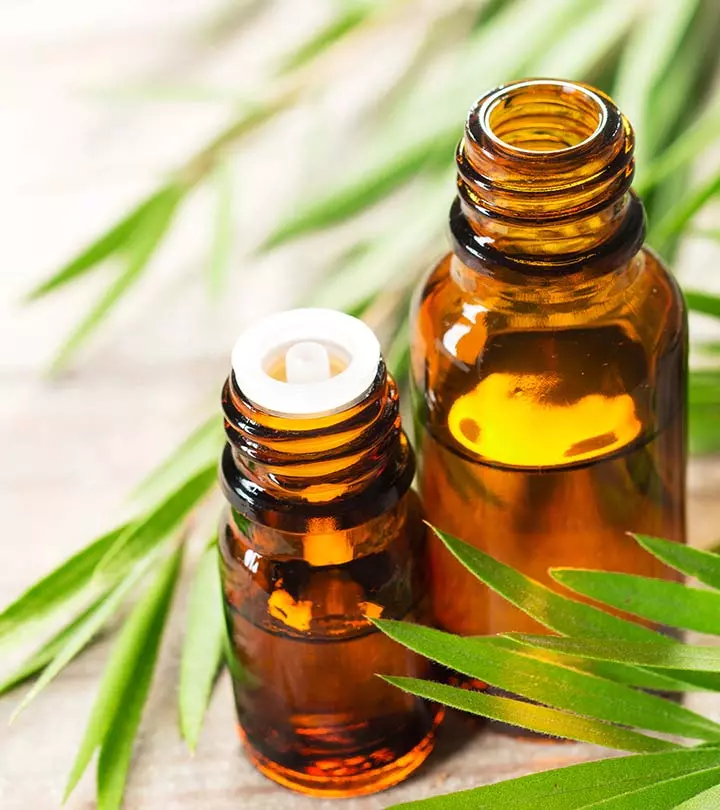

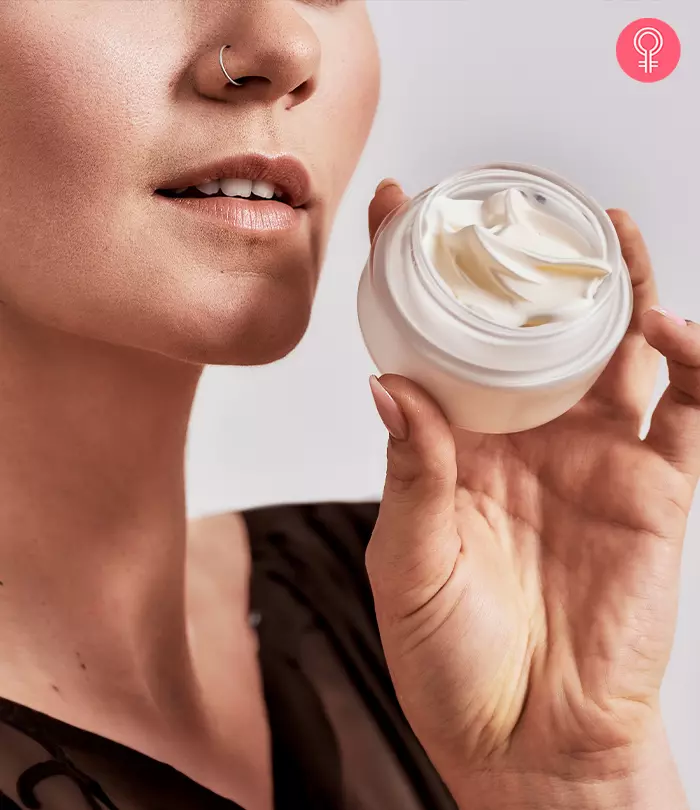
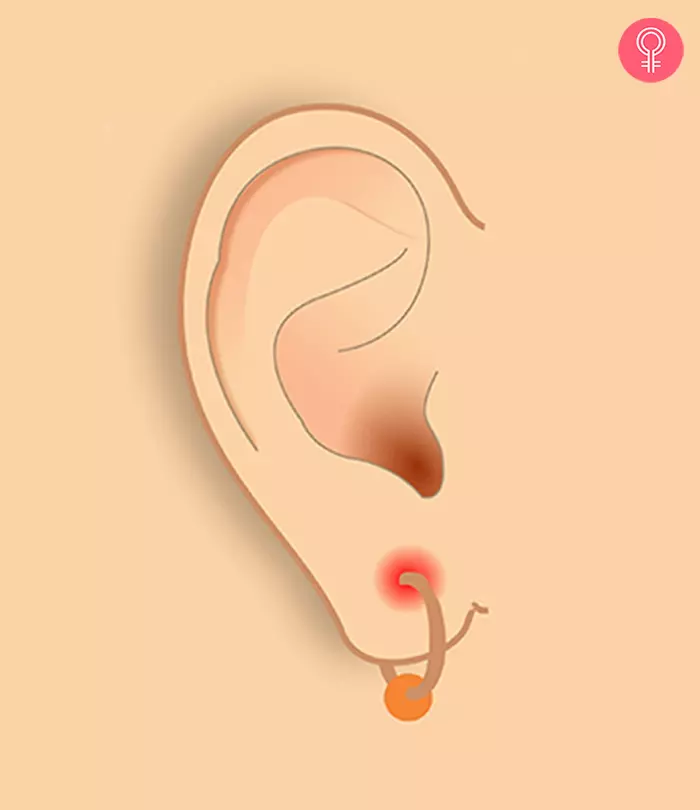

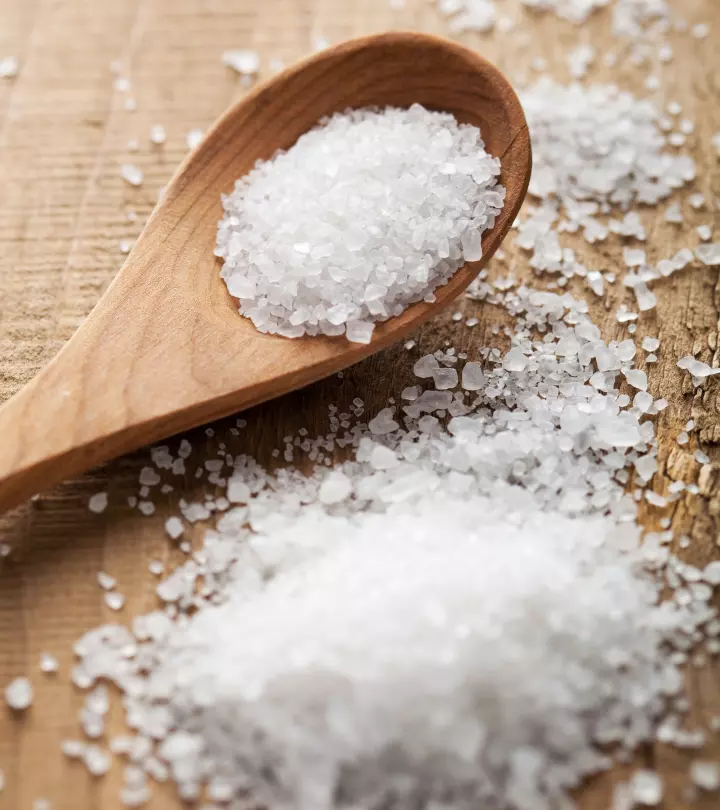

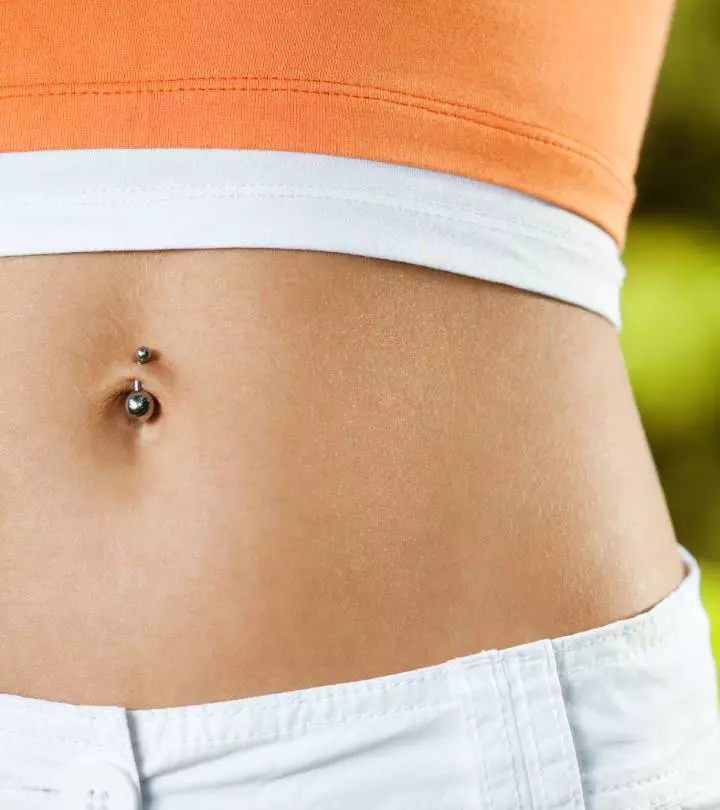


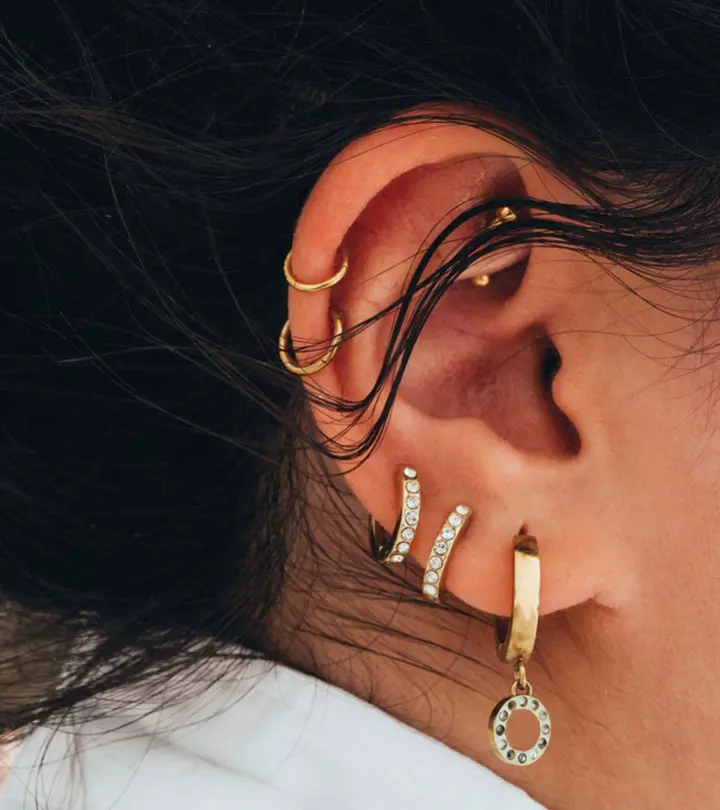

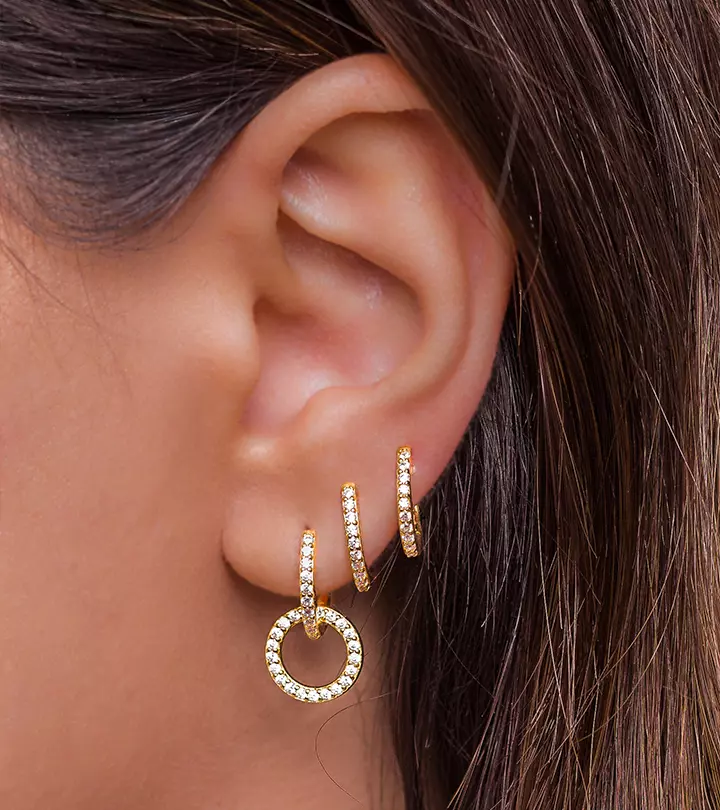

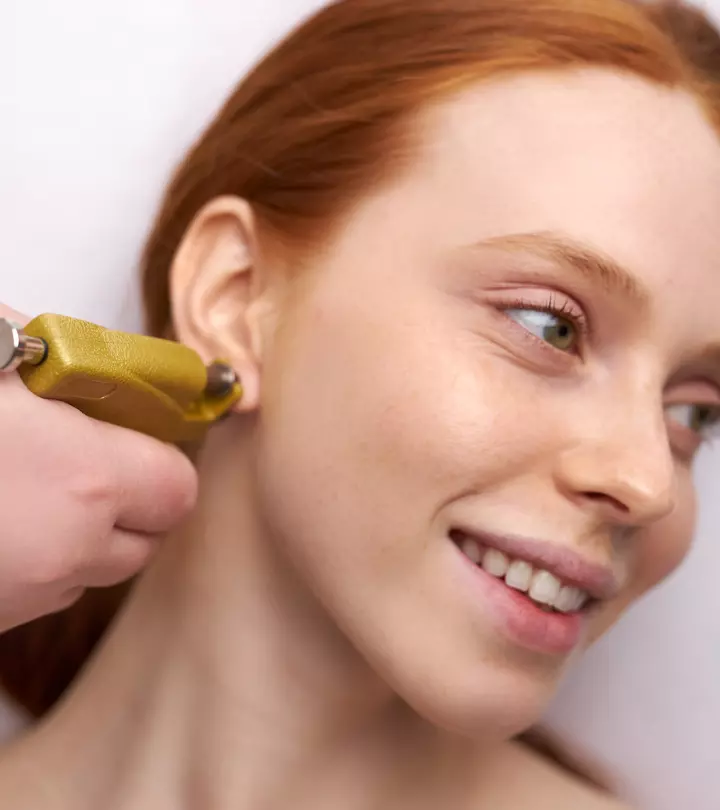


Community Experiences
Join the conversation and become a part of our empowering community! Share your stories, experiences, and insights to connect with other beauty, lifestyle, and health enthusiasts.